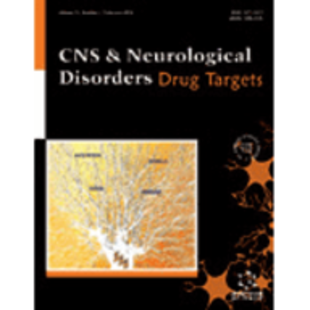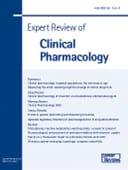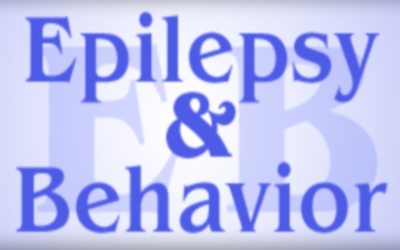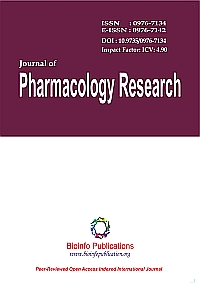
“Cannabidiol (CBD) is among the major secondary metabolites of Cannabis devoid of the delta-9-tetra-hydrocannabinol psychoactive effects. It is a resorcinol-based compound with a broad spectrum of potential therapeutic properties, including neuroprotective effects in numerous pathological conditions. CBD neuroprotection is due to its antioxidant and antiinflammatory activi-ties and the modulation of a large number of brain biological targets (receptors, channels) involved in the development and maintenance of neurodegenerative diseases.
OBJECTIVE:
Aim of the present review was to describe the state of art about the pre-clinical research, the potential use and, when existing, the clinical evidence related to CBD in the neurological field.
RESULTS:
Laboratory and clinical studies on the potential role of CBD in Parkinson’s disease (PD), Alzheimer’s disease (AD), multiple sclerosis (MS), Huntington’s disease (HD), amyotrophic lateral sclerosis ALS), cerebral ischemia, were examined.
CONCLUSIONS:
Pre-clinical evidence largely shows that CBD can produce beneficial effects in AD, PD and MS patients, but its employment for these disorders needs further confirmation from well designed clinical studies. CBD pre-clinical demonstration of antiepileptic activity is supported by recent clinical studies in human epileptic subjects resistant to standard antiepileptic drugs showing its potential use in children and young adults affected by refractory epilepsy. Evidence for use of CBD in PD is still not supported by sufficient data whereas only a few studies including a small number of patients are available.”






